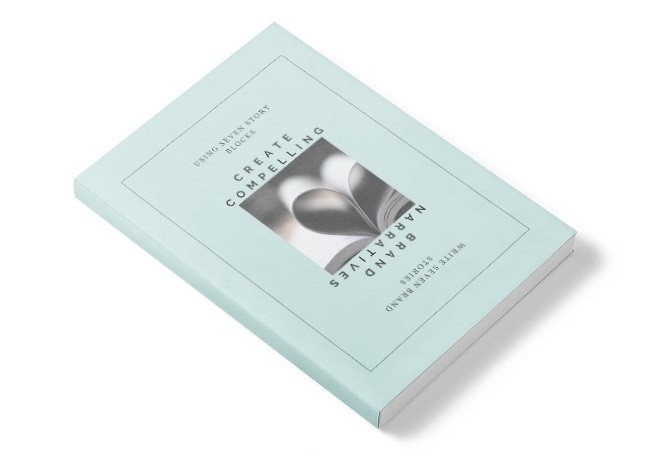It’s often said that politics, religion and sex are the three things you should never bring up in conversation.
Don’t worry. Seeing we’re meant to be having a conversation here, I’m not going to do that.
But I will ask you if you have a point of view.
What do I mean?
I mean in your writing.
Still no clearer?
Point of view (POV) means different things in different contexts. Looking at things from someone else’s ‘point of view’ has one contextual meaning, but I’m asking about your ‘literary’ point of view.
It’s the underlying structure of the piece you’re writing: first person (I), second person (you) or third person (he/she/they).
1. First person POV
This is a common point of view. It is used in many contexts (like blogging and most social media) and conveys a certain intimacy or conversational style to the writing – as if you are part of the story.
a) Positives: Things can easily be revealed, including opinions, thoughts and feelings. This leads to a feeling of closeness with the work, the subject and the writer.
b) Negatives: In work other than fiction, it can sometimes come across as egotistical and self-centred. It can lose some objectivity because everything comes across as personal opinion or experience. You also can’t write anything your ‘I’ character (or self) doesn’t and hasn’t experienced.
2. Second person POV
Here the work is written and viewed through the eyes, mind and senses of a ‘you’ character. It is almost always written in present tense. This view is often used on copywriting to create a personal link to the reader.
a) Positives: This gives an informal tone. It also gives a sense of motion to the work through the combination of using a ‘you’ view as well as the use of the present tense.
b) Negatives: It takes concentration to maintain. Precise editing and polishing is required to ensure it’s maintained throughout the work. It’s much easier to speak in second person than it is to write in it.
3. Third person POV
Here a narrator or ‘objective’ voice tells the story, being ‘he’ ‘she’ and maybe ‘they.’ This POV is often used for corporate and business writing where a slightly more formal style is preferred. There are subsets if this POV:
i) Limited third person POV
Here the work is viewed through the sense and mind of ONE ‘he’ or ‘she’ character. A piece of work written in first person POV can be rewritten in limited third person POV by switching ‘I’ to ‘he’ or ‘she’ – giving the same information, but arriving in the reader’s mind in a slightly different way.
a) Positives: Because this style of writing isn’t so personal, it doesn’t make the work seem so central or egotistically focussed as it would in the first person.
b) Negatives: The tone isn’t as ‘confiding’ or personal as first person. You also can’t write anything that the ‘he’ ‘she’ subject doesn’t or hasn’t experienced.
ii) Omniscient third person POV
Here the narrator is ‘all-knowing’ (reminds me of the Wizard of Oz). Therefore they are never limited to any particular point of view or experience, and they can reveal (or not) as much as they want. It’s also known as unlimited POV.
a) Positives: There is a great freedom in this POV. Any limits are chosen by the writer.
b) Negatives: Omniscient view creates the effect of looking out ‘over’ a story. This can make a reader not feel as close to the action, or as affected by the feelings; therefore can be very cold or ‘distant’ as it’s stiffer and less personal.
How to choose a POV?
Find what works best for your situation, story or piece of work.
Then in the polishing phase of your writing, work hard at maintaining it throughout.
It is worth experimenting, as different POV’s give different tones to your work.
When you find the right one, it will feel as if the piece is more ‘there’ and that will be exactly how the action will unfold to your readers.
Your thoughts ….
When you write, is there a certain POV that feels closed or stuffy when you write?
Does another bring the words pouring out?
What’s worked for you in different pieces of work, especially other than storytelling/fiction work?
![What’s your point of view [POV]?](https://www.wordswords.com.au/wp-content/uploads/2012/06/POV_WEB.jpg)
